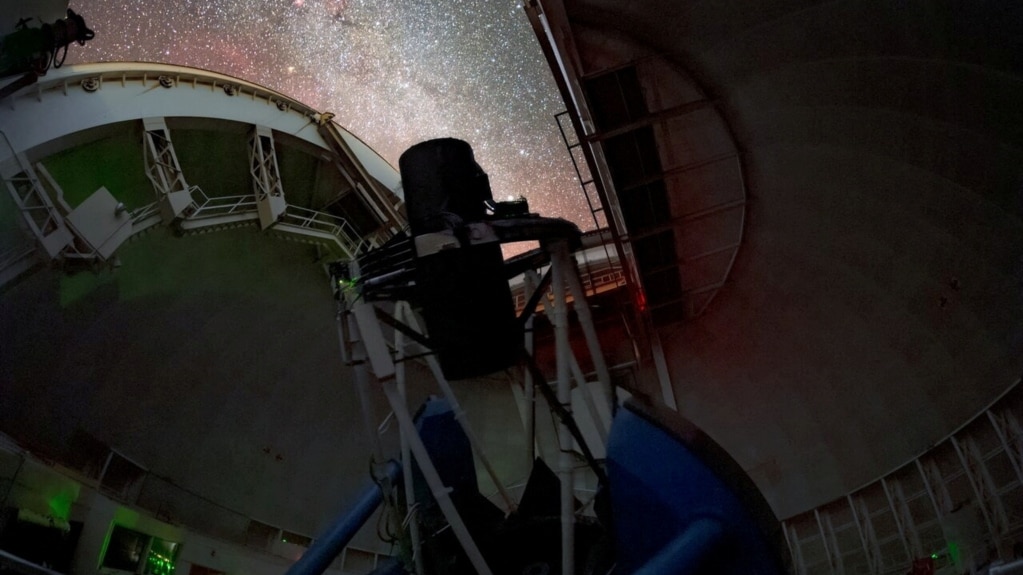An international group of scientists has been studying how the structure of the universe has grown over the past 11 billion years.
These researchers recently announced findings about how gravity behaves at a very large scale. What they found supports a prediction physicist Albert Einstein made in his 1915 theory of general relativity.
Dark energy and gravity
The findings are part of a years-long study of the history of the universe that has focused on dark energy. Dark energy is an invisible and mysterious force that is accelerating, or speeding up, the ongoing expansion of the universe.
The study’s researchers used a year of observations by the Dark Energy Spectroscopic Instrument (DESI) at Kitt Peak National Observatory in Arizona.
Gravity is one of the universe's fundamental forces. Einstein's theory linked space, time and gravity. The theory holds that large amounts of mass and energy curve the structure of space-time, influencing the motion of whatever passes nearby.
Dragan Huterer of the University of Michigan was co-leader of the working group that examined the data from DESI.
Huterer said: "Einstein's theory of general relativity describes the motion of massive objects in a gravitational field that they create. It is one of the most successful physical theories that we have.”
But the announcement in 1998 that the universe’s expansion was speeding up raised doubts about Einstein’s model.
“The discovery of the accelerating universe…led to suggestions that maybe general relativity needs to be modified,” Huterer said.
The new DESI findings revealed gravity is behaving as Einstein predicted that it would.
Scientists say the Big Bang event 13.8 billion years ago began the universe, which has been expanding ever since. They say experiments show the expansion was actually accelerating and dark energy is a possible cause.
The new DESI findings focused on the growth of what is called the cosmic structure. It dates to when the universe was about 20 percent of its current age.
This cosmic structure has a direct connection to the large-scale organization of matter. Galaxies, galaxy clusters and even larger galaxy superclusters form a cosmic web or connected networks with large areas of space existing in between.
This structure results from the gravitational pull of matter throughout the universe.
The new study was based on DESI observations of almost 6 million galaxies and their centers, dating back 11 billion years.
The DESI scientists in April released the largest three-dimensional map of the cosmos. They announced findings suggesting that dark energy may not be an unchangeable force. Instead, it might change over time. Those findings focused on a specific behavior of galaxy clusters. The new research expanded what is known about that behavior.
Mustapha Ishak-Boushaki of the University of Texas at Dallas was a co-leader of the working group. He said, "Our DESI data shows that it is in agreement with Einstein's theory of gravity but still favors a dynamical dark energy - and finding these simultaneously is new."
The universe includes ordinary matter: stars, planets, gas, dust. It also contains dark matter. Dark matter is invisible material that might make up about 27 percent of the cosmos. In addition to that, scientists also believe there is dark energy which might make up 68 percent of the cosmos.
"Dark energy is responsible for the accelerated expansion of the universe. The physical nature of dark energy is at present unknown," Huterer said.
The new findings appear to support the current “standard model” of cosmology that includes the theory of general relativity.
The DESI working group involves more than 900 researchers from more than 70 organizations worldwide. It is overseen by the U.S. Department of Energy's Lawrence Berkeley National Laboratory. The new research was published in the arXiv online database before undergoing the process of peer review.
I’m John Russell.

